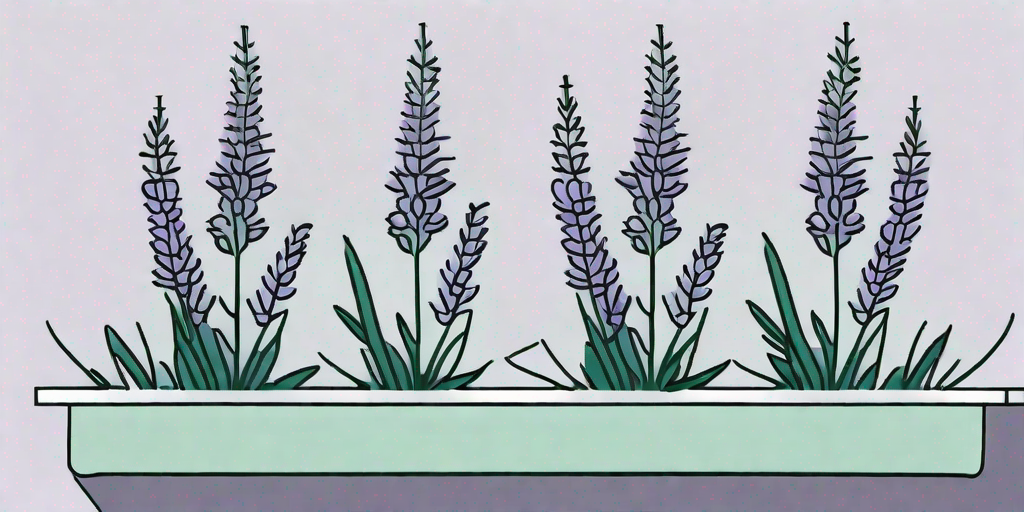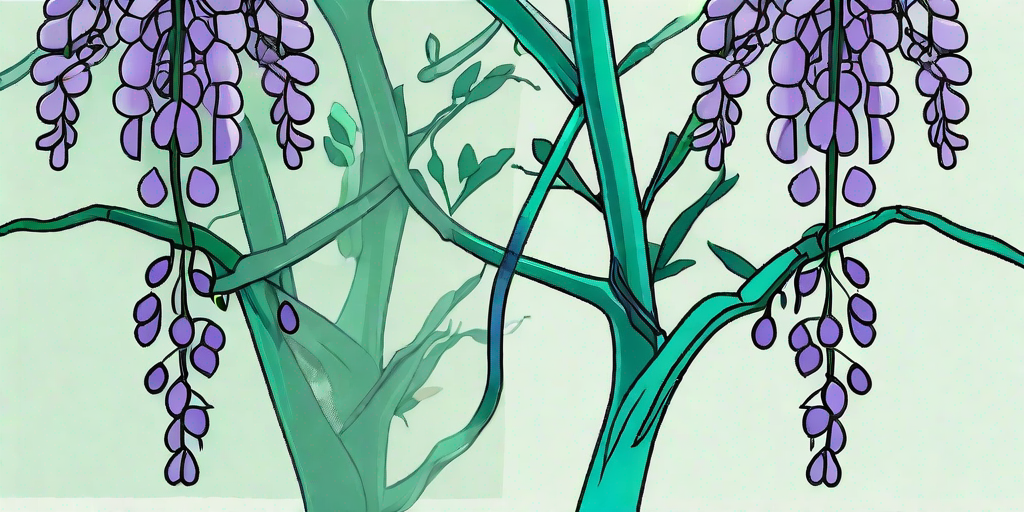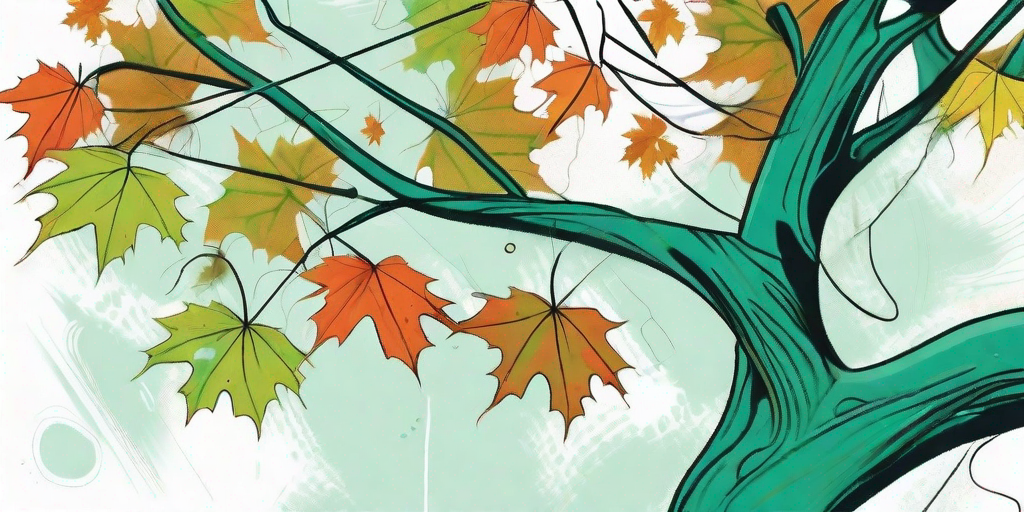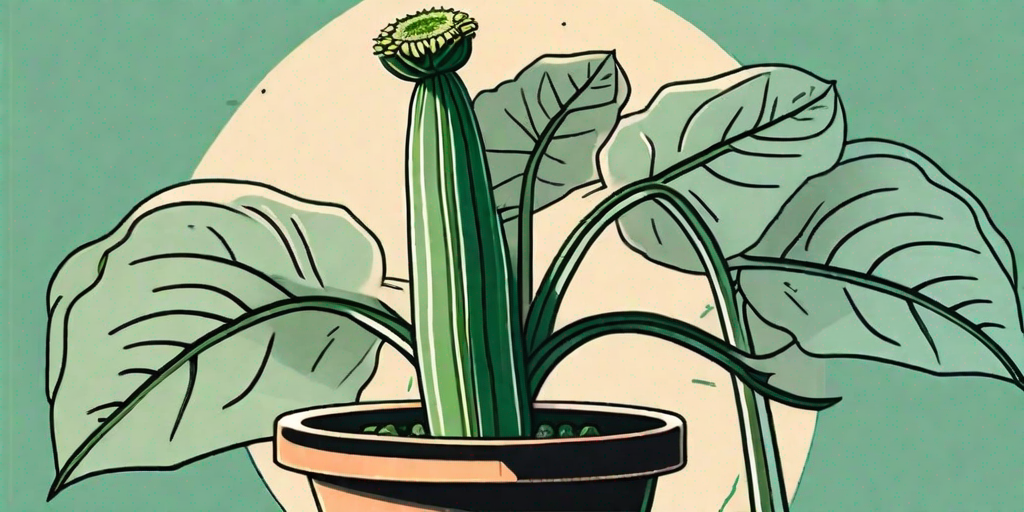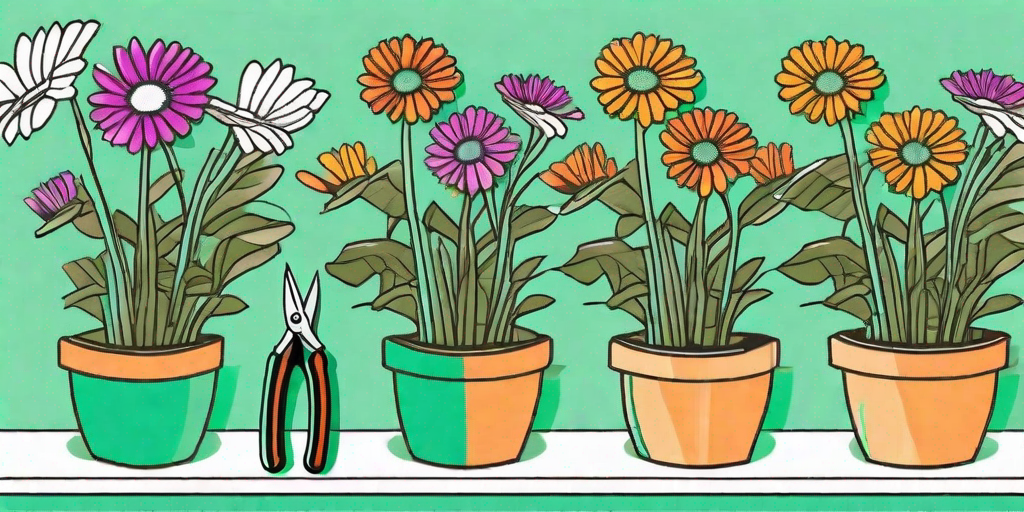
Russian Sage, or as the botanists like to call it, Perovskia atriplicifolia, is a plant that can transform your garden into a paradise of purple. This hardy perennial is not only easy to care for but also boasts a long blooming season, making it a favorite among garden enthusiasts. So, if you're looking to add a touch of elegance to your garden, you've come to the right place.
Understanding the Russian Sage
Despite its name, Russian Sage is not from Russia, nor is it a sage. It's a bit of a cheeky imposter! This plant is actually a member of the mint family and hails from the arid regions of Afghanistan and Pakistan. But don't let its origins fool you. This plant is as adaptable as a chameleon in a box of Skittles.
Its silvery foliage and lavender-blue flowers create a stunning visual display, while its aromatic leaves add a sensory delight. And if that's not enough to convince you, the Russian Sage is also a favorite among butterflies and hummingbirds. So, if you're looking to create a wildlife haven, this plant is your secret weapon.
Planting Your Russian Sage
Choosing the Right Spot
Like a sunbathing beauty, Russian Sage loves the sun. So, choose a spot in your garden that receives at least six hours of sunlight each day. This plant is not picky about soil types, but it does prefer well-drained soil. So, if your garden is more clay than sand, you might want to consider amending your soil.
When planting, give your Russian Sage plenty of room to grow. These plants can reach heights of 4 feet and spread out to 3 feet. So, unless you want a Russian Sage jungle, space your plants about 2 to 3 feet apart.
Planting Steps
- Dig a hole that's twice as wide and just as deep as the root ball.
- Place the plant in the hole, making sure the top of the root ball is level with the soil surface.
- Backfill the hole with soil, firming it gently around the base of the plant.
- Water thoroughly.
Caring for Your Russian Sage
Once established, Russian Sage is as low maintenance as a pet rock. It's drought-tolerant, deer-resistant, and generally pest-free. But like any plant, it will benefit from a little TLC.
Water your Russian Sage regularly during its first growing season to help establish a deep, extensive root system. After that, you can reduce watering. This plant is a real survivor and can handle dry spells like a champ.
Prune your Russian Sage in early spring. This will encourage bushier growth and more flowers. Don't be shy with your pruning shears. This plant can handle a good haircut.
FAQs about Russian Sage
Is Russian Sage invasive?
No, Russian Sage is not considered invasive. However, it can spread through root sprouts, so keep an eye on it if you don't want it taking over your garden.
Can Russian Sage grow in pots?
Yes, Russian Sage can grow in pots, but it will need a large one. This plant likes to spread out, so give it plenty of room to grow.
Is Russian Sage deer resistant?
Yes, Russian Sage is deer resistant. Its aromatic leaves are not to the liking of deer, making it a great choice for gardens frequented by these four-legged visitors.
Unleashing the Beauty of Your Garden
With its stunning flowers, silvery foliage, and easy care, Russian Sage is a fantastic addition to any garden. Whether you're a seasoned gardener or a green-thumbed newbie, this plant is sure to bring joy and beauty to your outdoor space.
So, why not give Russian Sage a try? Your garden (and the local butterflies) will thank you!



